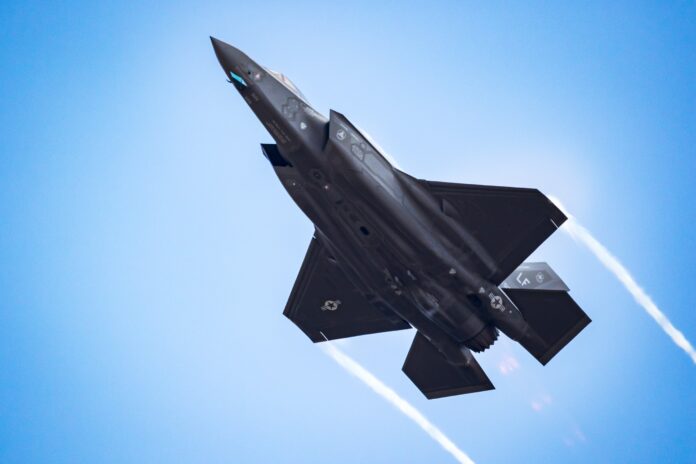The demo, says Lockheed Martin, showed how 5G and advanced analytics can minimize the maintenance burden for DoD aircrafts
Lockheed Martin claims to have successfully demonstrated how 5G communications technology and advanced analytics can minimize the maintenance burden for aircrafts used by the U.S. Department of Defense (DoD).
“This proof of concept demonstrated that our analytics tools are scalable and portable across multiple platforms to improve maintenance at the speed of relevance,” said Reeves Valentine, vice president of Land and Maritime Solutions at Lockheed Martin Rotary and Mission Systems. “These intelligent troubleshooting applications are compatible with the future-state 5G.MIL ecosystem and in line with our 21st Century Security efforts to keep our customers ahead of ready.”
Lockheed Martin’s 5G.MIL solutions integrate military communications with tactical gateway capabilities (“.MIL”) and 5G technology to deliver “prompt and decisive action on the battlefield,” according to the company. 5G.MIL provides a new level of cohesion for DoD operations by bringing together high-tech platforms into a network spanning air, land, sea, space and cyber domains and enabling interoperability between 5G networks, NextG networks and operational DoD networks. While leveraging existing telecommunication infrastructure and technology, 5G.MIL creates a “network of networks” made up of military tactical, strategic and enterprise networks.
In this demonstration, Lockheed integrated technology from the Network-enabled Analytics for Readiness 5G initiative (NeAR) — part of the Office of the Under Secretary of Defense for Research and Engineering’s OUSD(R&E) FutureG initiative — with portable devices to provide complete flight data recordings and AI-driven predictive maintenance and sensor-data analytics following the landing of an aircraft. Doing so, explained Lockheed, facilitates faster decision-making. For example, aircraft maintainers and technical experts can leverage AI-driven cognitive search capabilities to diagnose aircraft issues in real time by instantly searching historical maintenance records across their entire fleet.
“Success of NeAR as part of a broader OUSD(R&E) 5G capability will demonstrate 5G enhancements for the Warfighter while simultaneously enabling experimentation that will identify areas at Joint Base Pearl Harbor-Hickam suitable for further research and development in 5G and beyond,” said Deb Stanislawski, director of Accelerate Use Prototyping and Experimentation in the OUSD(R&E) FutureG & 5G office.
In August, Lockheed Martin partnered with AT&T to test 5G high-speed data transfer using multi-access edge computing at the aerospace and defense company’s headquarters in Stratford, Connecticut. According to Lockheed, the demonstration with NeAR builds off of this work by showing what can be done with such data once it is captured from the aircraft.

